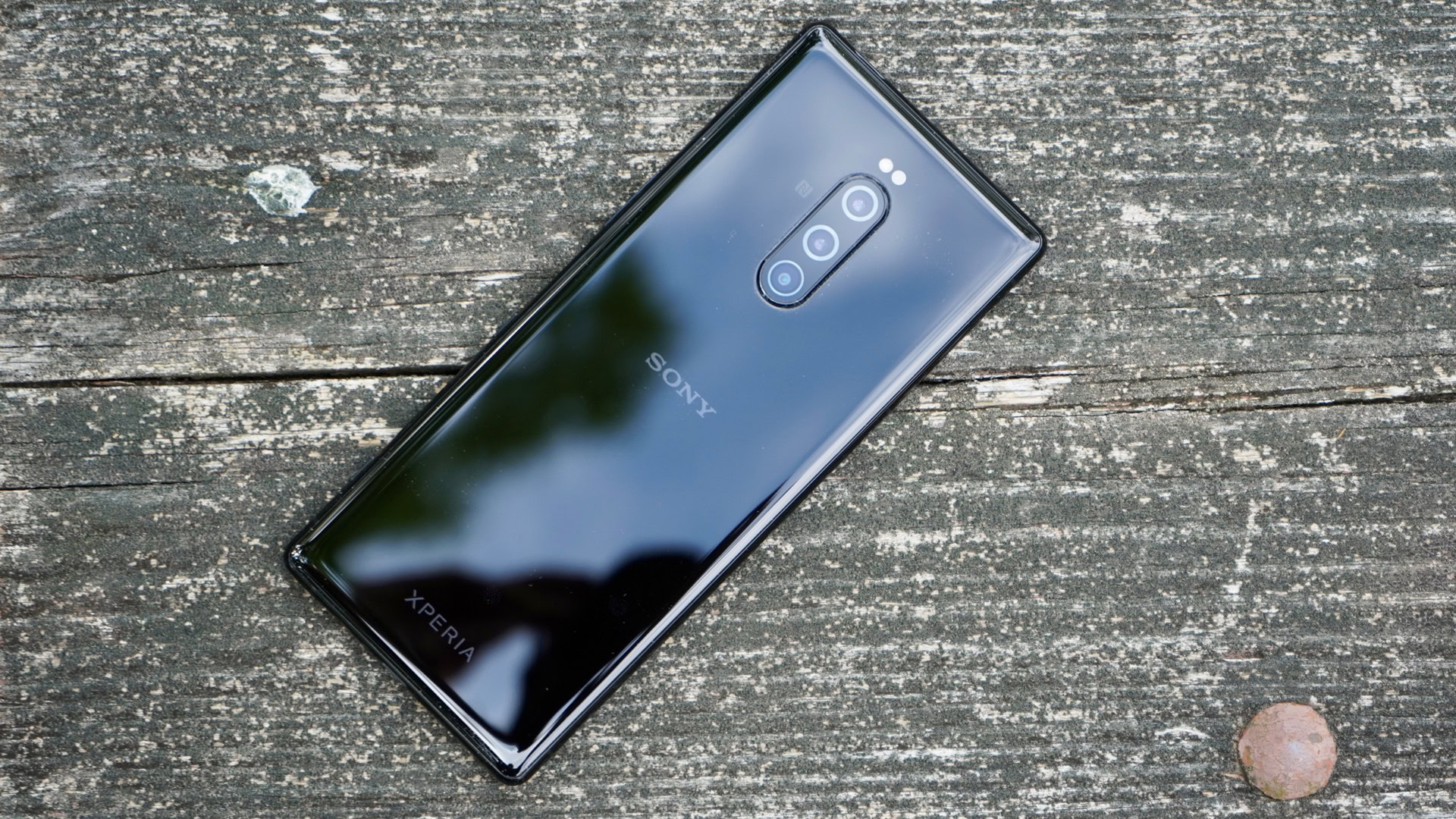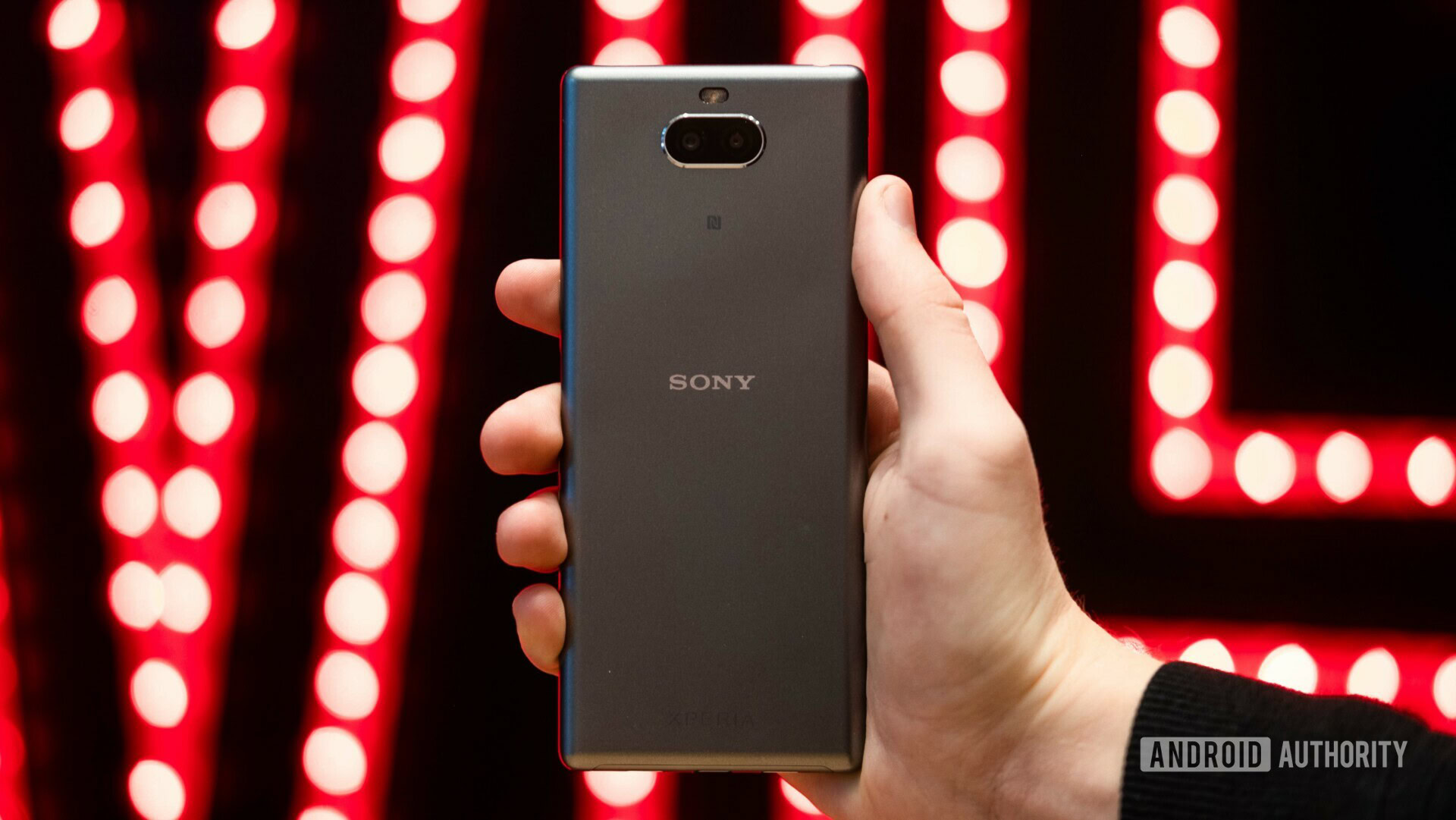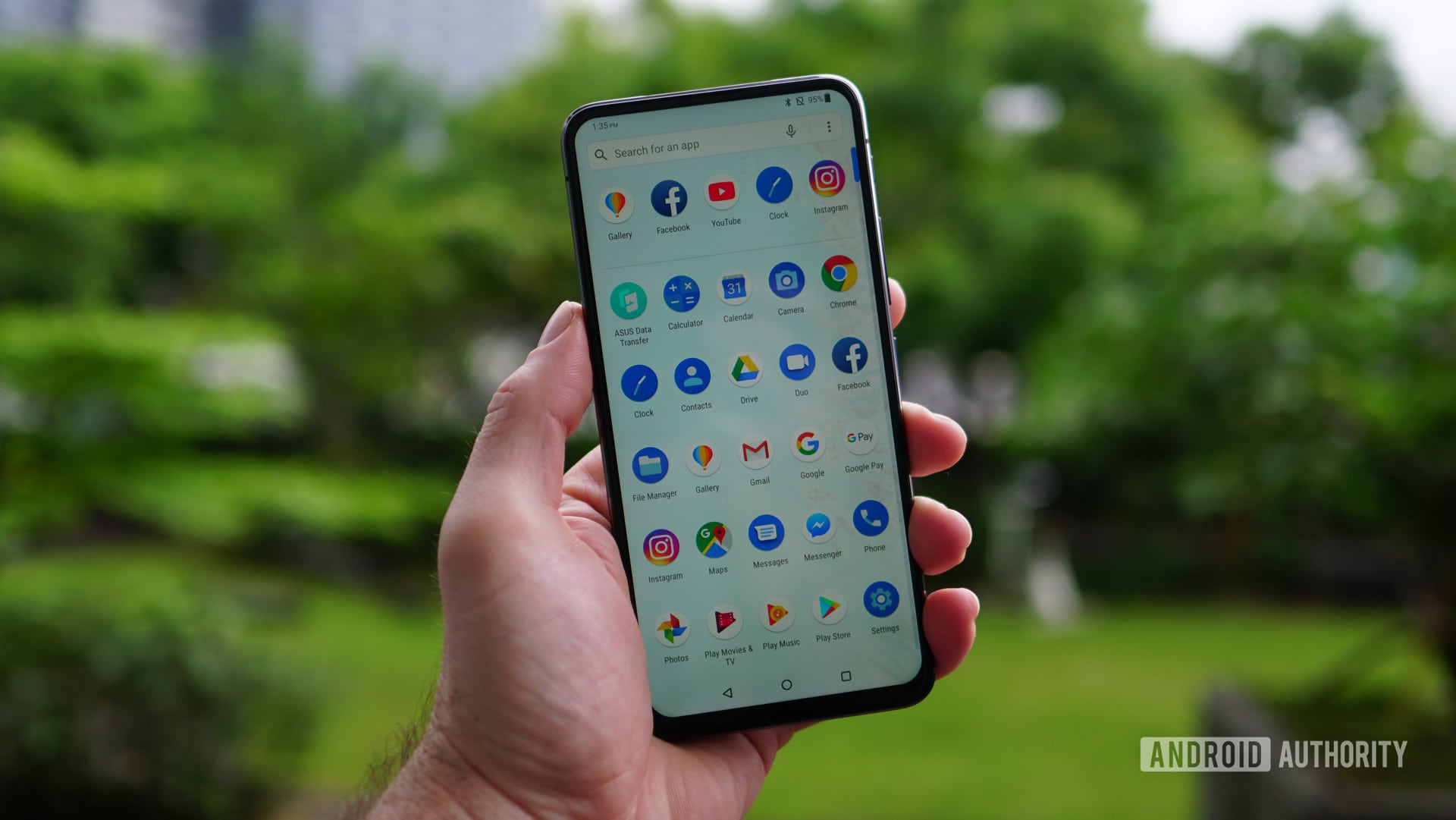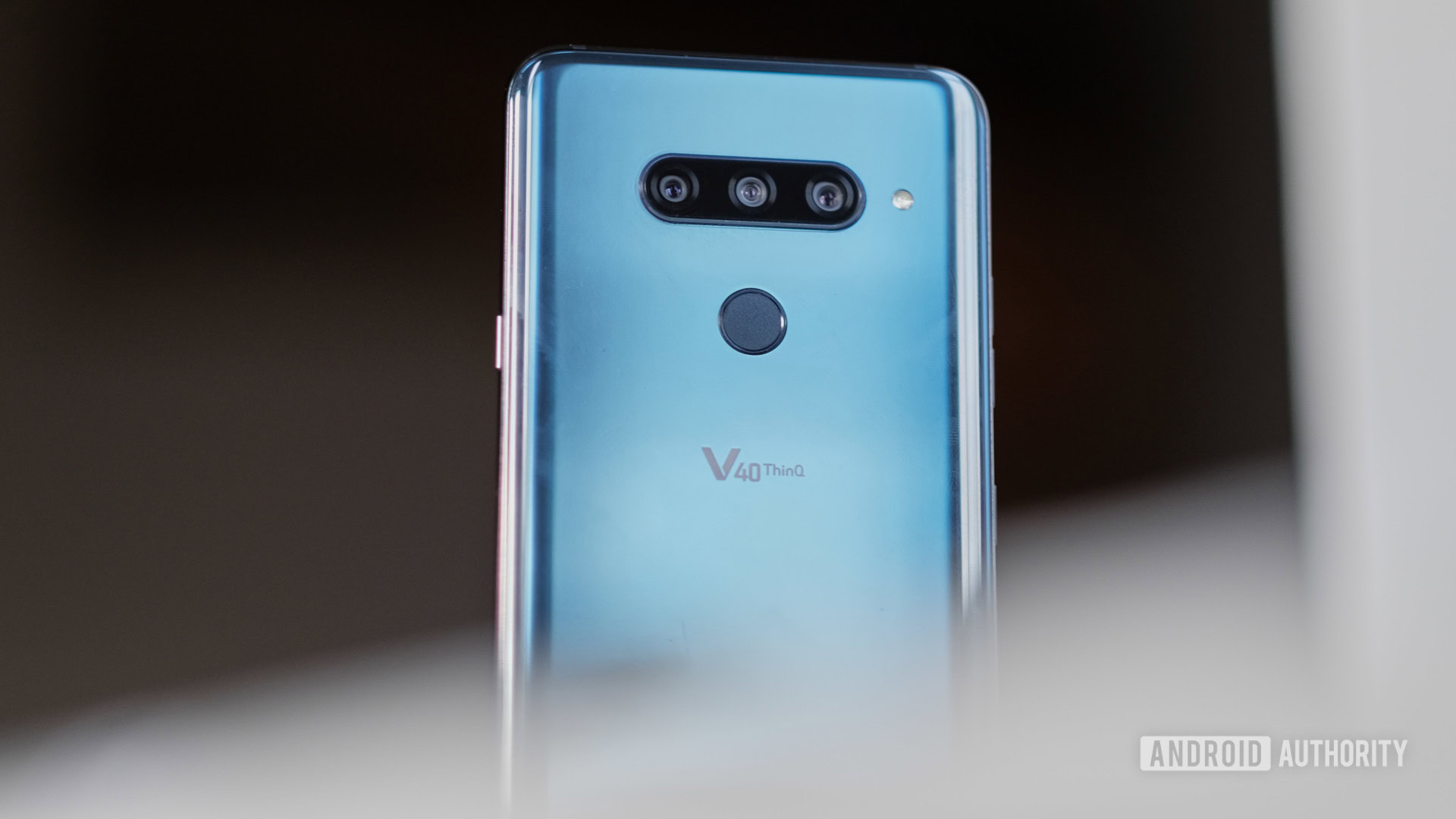Affiliate links on Android Authority may earn us a commission. Learn more.
Here's how LG and Sony can get out of their smartphone sales rut
Published onAugust 2, 2019


LG and Sony both revealed their Q2 2019 results this week, and they aren’t surprising if you’ve been paying attention in the last few years.
Both companies reported disappointing financial figures related to their mobile units, with LG noting sales figures that were 21 percent lower than Q2 2018. Counterpoint Research also reported LG saw an 18 percent year-on-year drop in smartphone shipments.
Meanwhile, Sony smartphone sales reportedly dropped 30 percent, while Bloomberg notes the Japanese firm revised its annual shipment forecast from five million smartphones to four million.
It feels like the beginning of the end in some ways, especially as these drops come following a series of other sales dips in recent years. With the likes of Xiaomi, Realme, and Huawei continuing to extend their leads, it’s not easy to be positive for the two companies. But there are a few potential ways LG and Sony can boost smartphone sales.
1. Launch better budget phones

Great budget phones are one of the key ways to increase shipment volume. Just look at realme, as it reportedly sold over four million units in Q2 2019, despite not having a proper flagship phone yet.
There’s a reason why the realme 3, Redmi Note 7, and HUAWEI Lite series sell more than LG and Sony’s mid-range phones. They simply offer plenty of features at an affordable price.
The Redmi Note 7 uses a relatively old but still good Snapdragon 660 chipset, packs a 48MP+5MP rear-camera pairing, and a 4,000mAh battery. Best of all, you can get this phone for roughly $200.
LG and Sony have failed to keep up with Chinese brands when it comes to budget phones.
Meanwhile, the ~$300 Xperia 10 uses a Snapdragon 630 that wasn’t amazing even at launch, delivers a budget 13MP+5MP rear-camera pairing, and a small, 2,870mAh battery. Sure, specs aren’t everything, but the gulf is just too big to ignore in this case.
It’s also rather disappointing that Sony hasn’t released mid-range phones with a 48MP sensor — it literally makes these sensors yet we don’t see them on its own phones.
LG has shown some promise with its budget phones in 2019, launching the affordable India-only W series. But we need to see these cheap yet capable phones launch around the world (and with updates).
2. Deliver affordable flagships

Asus, HUAWEI, and Xiaomi have all managed to steal the thunder from established flagship players by delivering more affordable flagships. Whether it’s the HONOR 20, Redmi K20 Pro, or Zenfone 6, you can get ~90 percent of the flagship experience for $500 and under.
These phones tick most of the boxes for a good flagship experience in 2019. That means high-end silicon, plenty of storage, 48MP Sony rear cameras, and slick designs.
Meanwhile, Sony launched the ~$1,000 Xperia 1 in 2019, while LG’s two flagships for the year are the $850 G8 ThinQ and the $1,000 V50 ThinQ 5G.
Now, we’re not expecting the companies to simply bite the bullet and take a loss on their phones — they’re businesses trying to make money after all. But both LG and Sony should be creating purpose-built flagship killers too, maintaining the core high-end features while making sensible compromises where necessary.
An affordable high-end phone usually packs a flagship Snapdragon chipset, plenty of RAM and storage, a dual-camera setup at the very least, and a large battery. Everything else is generally considered secondary to these requirements (although a good IP rating would be nice). Sure, the profit margins are usually low on affordable flagships, but what’s the point of a massive profit margin if only two people bought your phone?
3. Pay more attention to the camera

LG has done a good job in recent years when it comes to camera innovation, being first to offer a triple rear camera, being first with an ultra-wide rear camera, and serving up a manual video mode.
Meanwhile, Sony is the most important company in the smartphone market when it comes to cameras. The Japanese giant supplies almost everyone else with camera sensors, with its most recent IMX586 48MP sensor being found in devices from ASUS to ZTE.
But both LG and Sony are now considered second-tier players when it comes to actual camera quality, behind Google, Apple, Samsung, and HUAWEI.
Read: 7 times Google was behind the curve with its Pixel phones
LG arguably hit its peak with 2015’s LG G4, while the Xperia Z3 series was perhaps the apex of Sony’s camera expertise. But between Samsung’s stalwart status, Google’s HDR+ photography, and HUAWEI’s low-light focus, both brands have become less relevant here.
LG and Sony’s troubles in this regard have only gotten worse in the last couple of years. Google delivered Night Sight, HUAWEI offers 5x periscope zoom tech and its own night mode, and Samsung brings a good all-round experience. Meanwhile, both companies struggle to match the point-and-shoot reliability of the Pixel and Samsung flagships, while Sony still lacks a night mode.
A focus on camera quality will therefore be key to improving LG and Sony’s phones, whether they go the 48MP/64MP route and implement pixel-binning, deliver better multi-frame image processing, or opt for both.
Ultimately, LG and Sony have a lot of work to do to catch up to the frontrunners in the Android world. A focus on camera quality and value could absolutely help both companies.